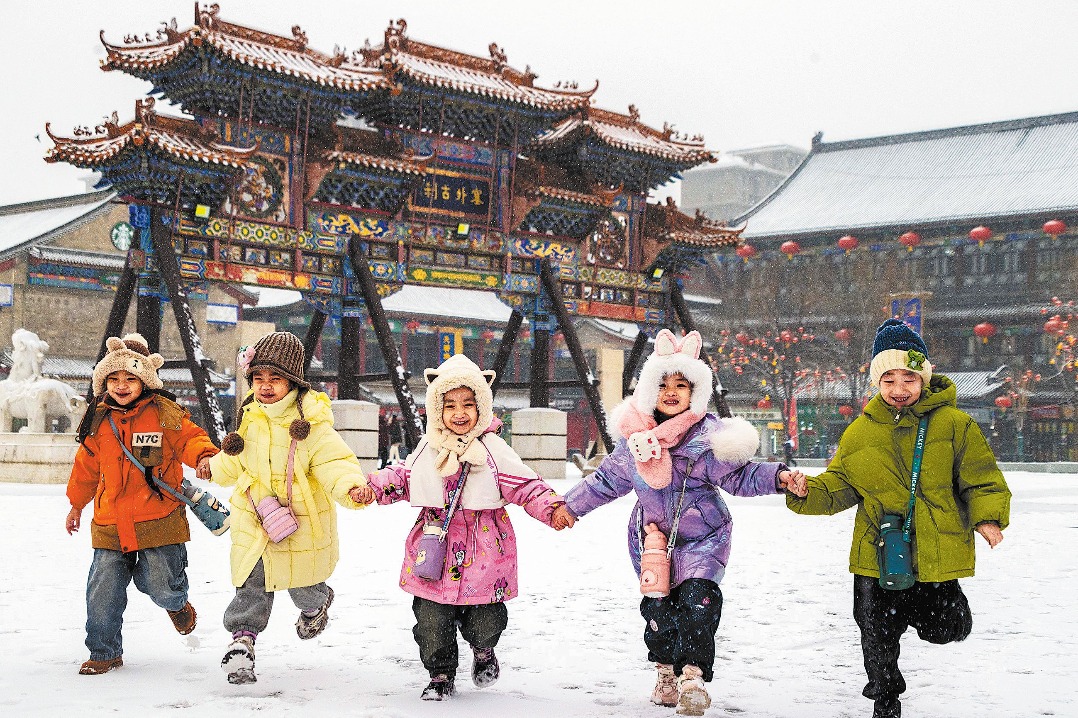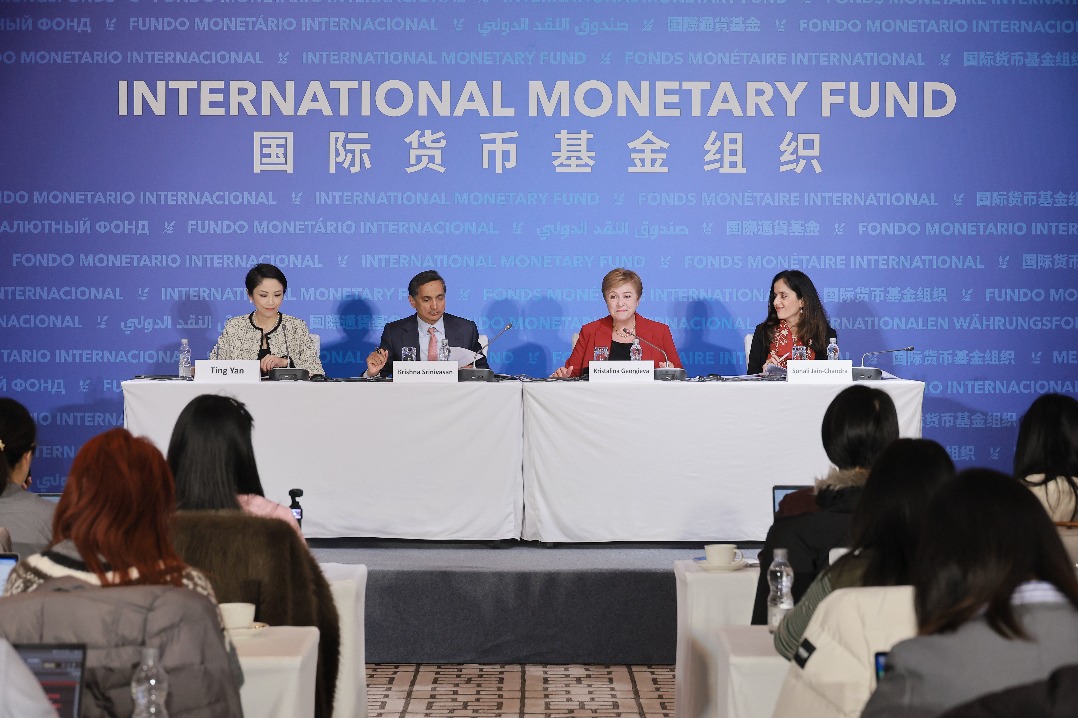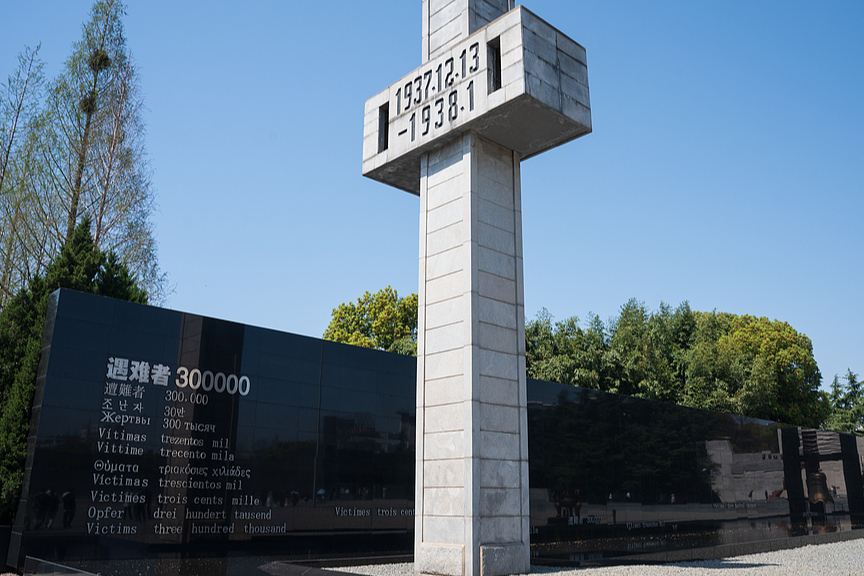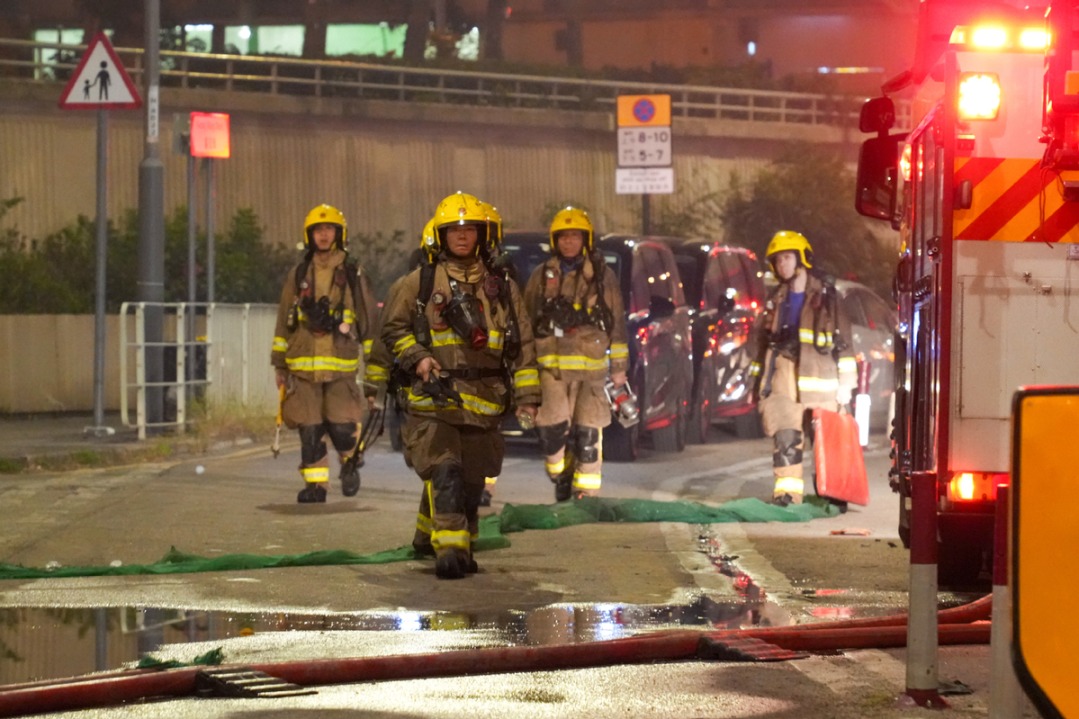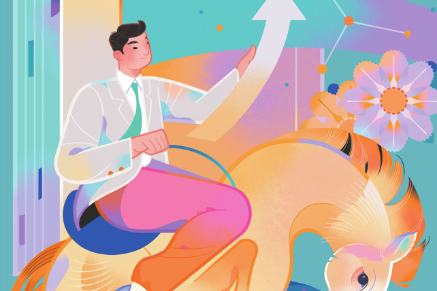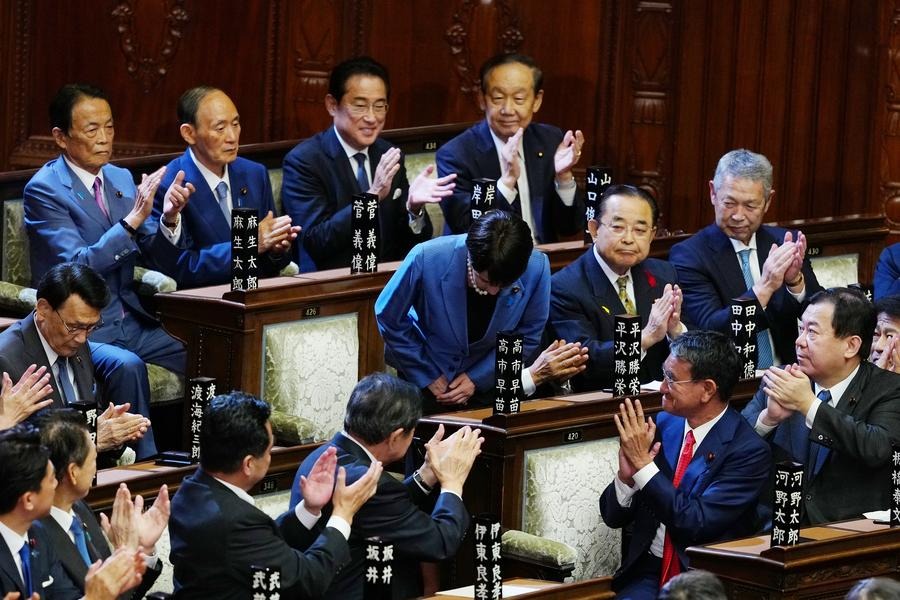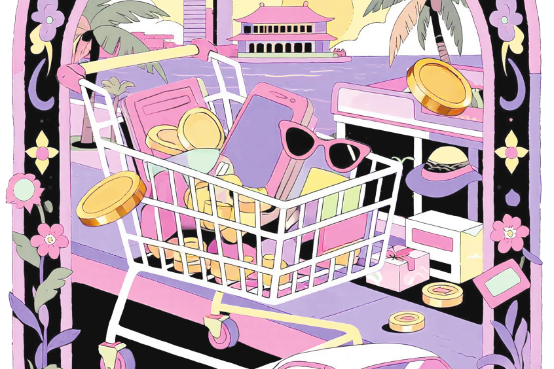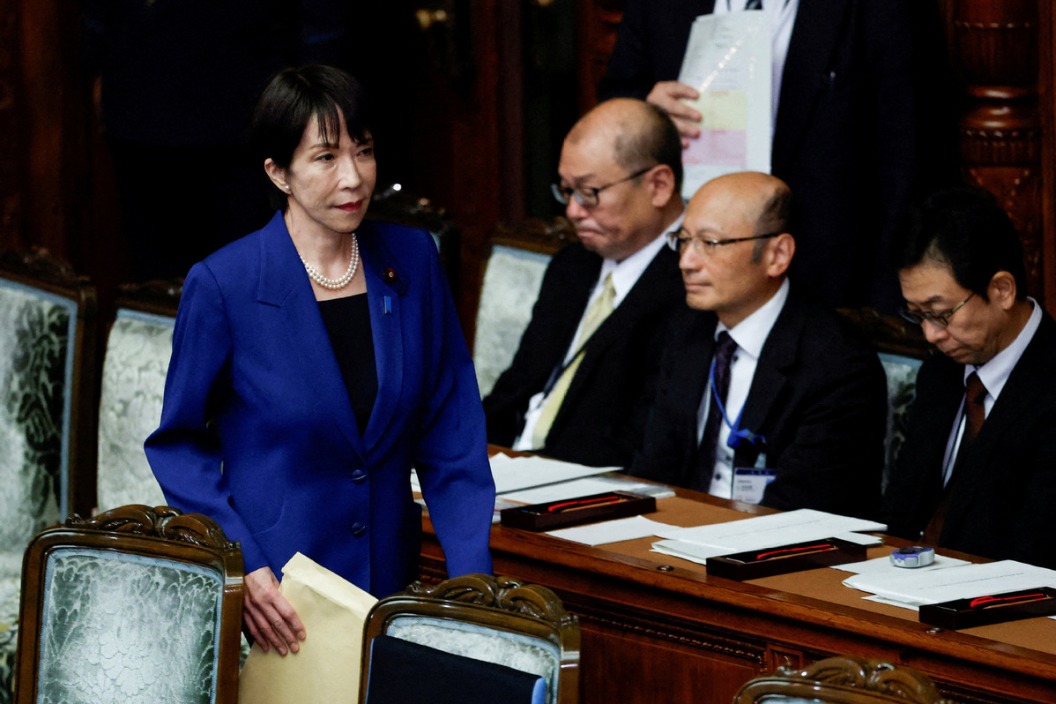Rediscovering Beijing: A city with long history and modern skyline


Beihai Park, a former imperial garden, dating back to 1179, sits northwest of the Forbidden City. Its expansive lake area dominated by a 40 meter high white pagoda constructed in 1651. Returning recently, entering by the north entrance, I was instantly captivated by a late autumn scene of its waters surrounded by trees starting to turn a golden orange. The inspiration and passion from earlier years was coming back to me.
It is possible to walk through Beihai, exiting through its eastern gate before strolling along an alley with feeling of older Beijing before ultimately reaching Jingshan Park’s western entrance. Dating back over 1,000 years, today the prime attraction there is a short climb up 45.7 meter high “Prospect Hill” for a most spectacular view over the Forbidden City. Many times have I sat outside Wanchun Pavilion, looking below or across the many yellow-tiled roofs of imperial buildings laid out in harmony. It is a truly breathtaking panorama including the view northwards along the city’s famed axis line up to the Bell and Drum Towers of Zhonggulou. I have delighted over the years, taking visitors to this viewpoint, letting them sit while I try to explain some of what was spread out below, of the various periods of dynastic history coming together.
Near the park is a maze of hutong alleys I would wander through to eventually take a bus back toward the contrasting scenes of 21st century Sanlitun.
I have been revisiting the Gulou area with its Bell and Drum towers originally dating from 1420. Historically the only high structures rising above the Old City, they were essential public timepieces, individuals then had neither clocks nor watches. Often I would climb up to the balconies, to study in detail the layout of surrounding alleys, some originating again from the 13th century Yuan Dynasty. The scene included unique patterns of siheyuan courtyard homes and of course the area’s close relationship the axis line.
Walking around recently it felt as if I was going back almost 20 years. Much familiarity, traditional life of communal activities, of cycling, of visiting markets with three-wheel bicycle carts remained.
Finding my way through the maze of hutongs presented no problems. Yet it was noticeably older people who still resided there as younger generations had drifted off into more modern suburban apartments.
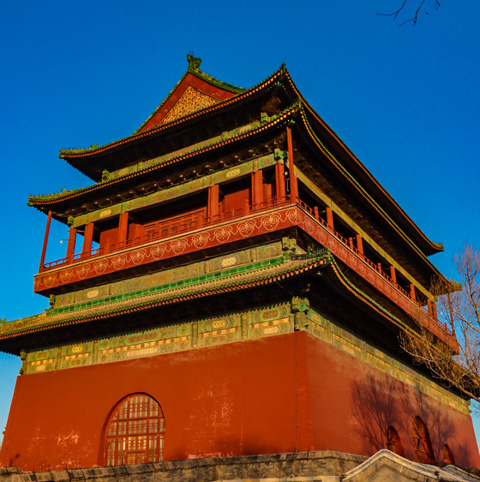
Di’anmen Wai Dajie is a few minutes walk around the base of the crimson-red painted Drum Tower. That street, a northern section of the Axis Line, runs straight south to Jingshan Park. Close by is the pailou-arched entrance into Yandaixijie or ‘Lane of the Long Stem Pipe Makers’, its name reflecting a former local industry found around the alley. Today mostly a tourist street, it twists and turns ultimately reaching one of Beijing's beauty spot, Yindingqiao, the Silver Ingot Bridge. The bridge spans a short canal connecting the Houhai (Back Lake) and Qianhai (Front Lake), both part of extensive Shichahai lake district, manmade and dating back initially again to the Yuan period. Many times I have stood on that bridge watching the sun setting. Frequently I would sit outside now long gone cafes, having a cold drink on a summer evening while dreamily looking at the scene in its tranquility. Yes, the charm remained there for me during my recent return.
Another area I revisited within the past month, one which was central to my early studies of Beijing, was around Qianmen - a bustling commercial area to the south of Tiananmen. Emerging from the metro station, a beautiful winter blue sky would create ideal conditions for photography. Directly ahead sat the former historic Zhengyangmen Railway Station, dating back to the first steam trains coming right into the heart of Beijing. Today it is the city’s Railway Museum. However, as I turned around, above rose the the Jianlou and Zhenyangmen Towers. Originally dating back to the Ming Period, they were integral with protecting an entrance to and from Imperial Beijing through the former Inner City Wall. I stood there looking up, remembering my first time there in July 1994. Magnificent then, magnificent today. It was then I really felt back in the Beijing I had treasured so much in years gone by.


















